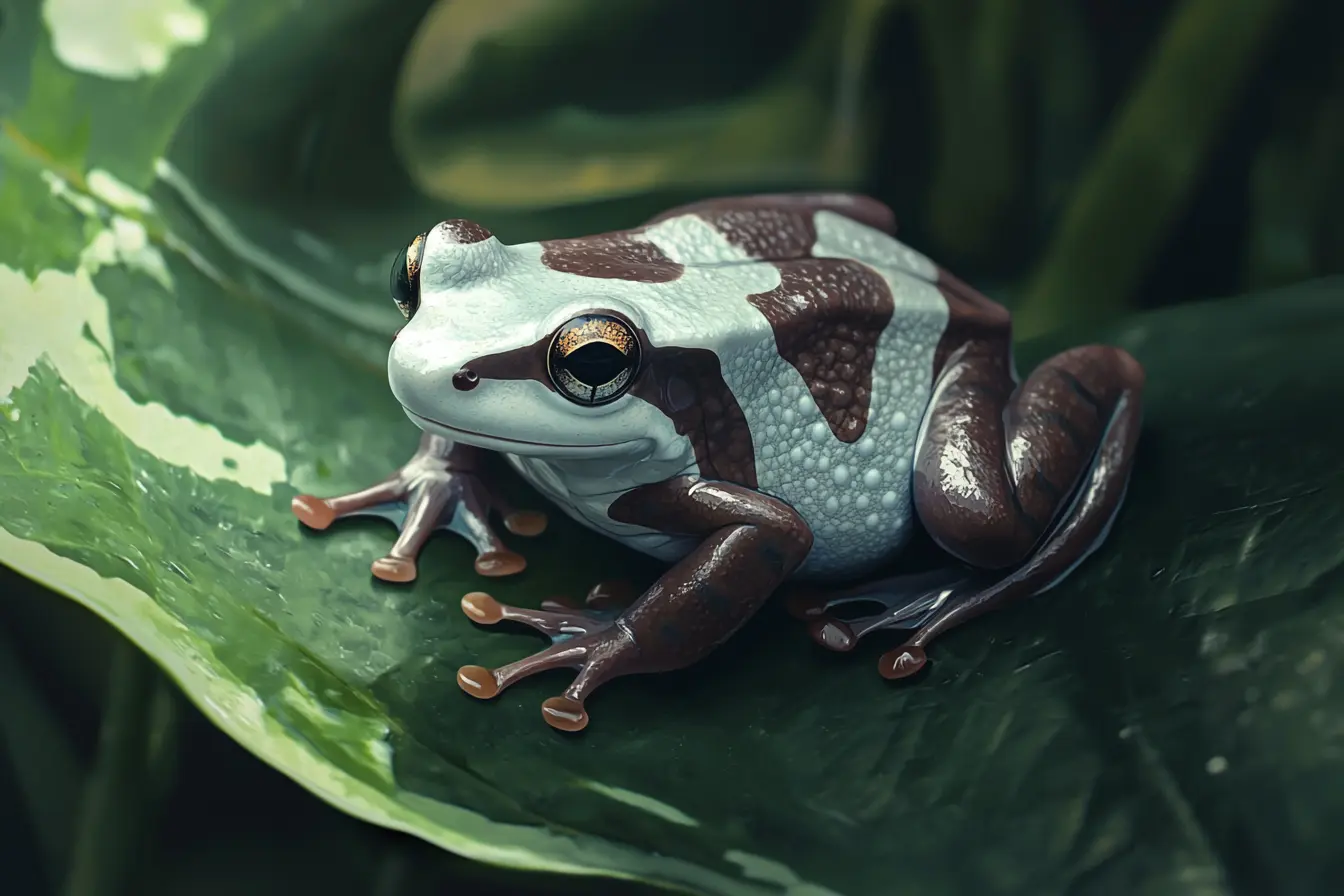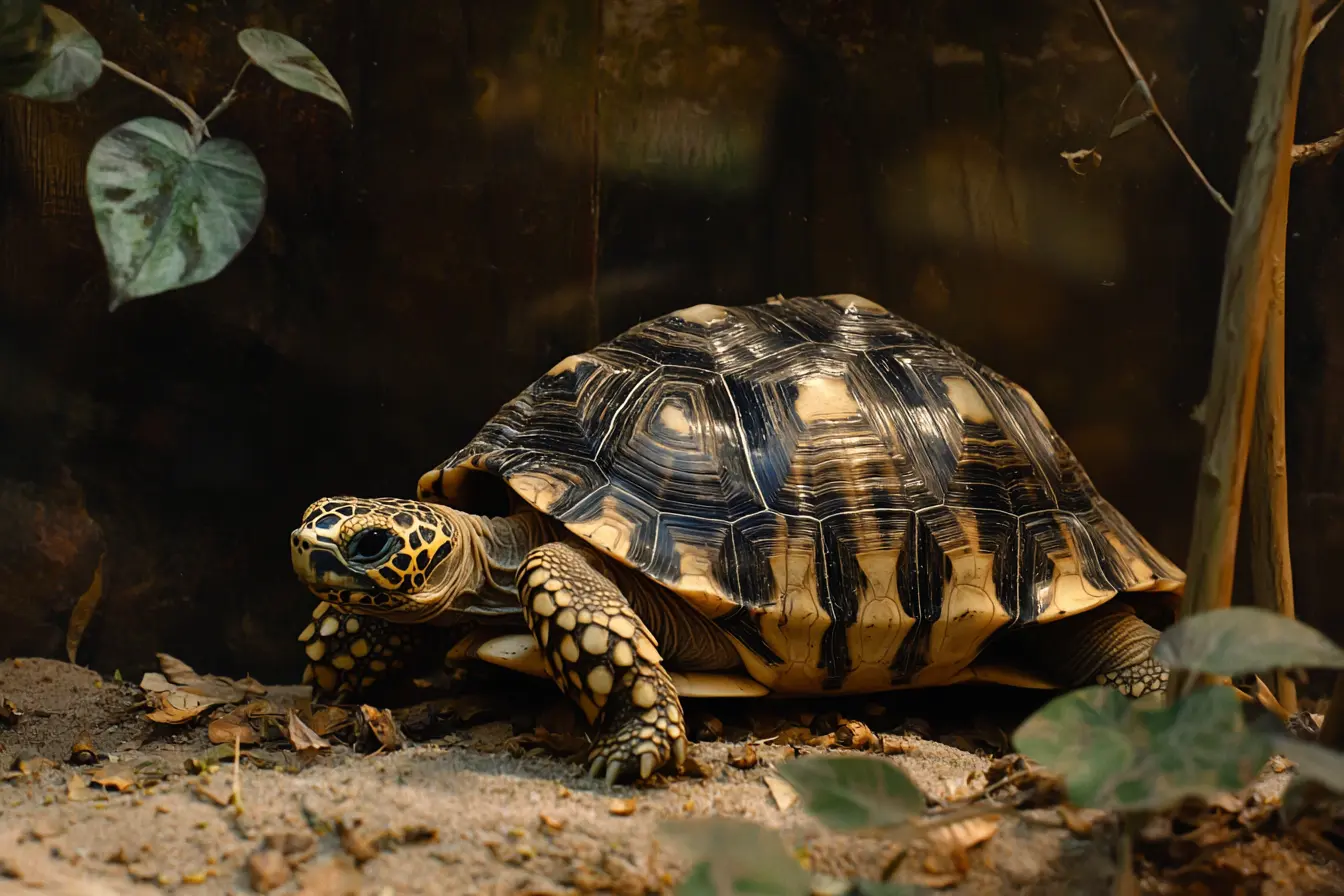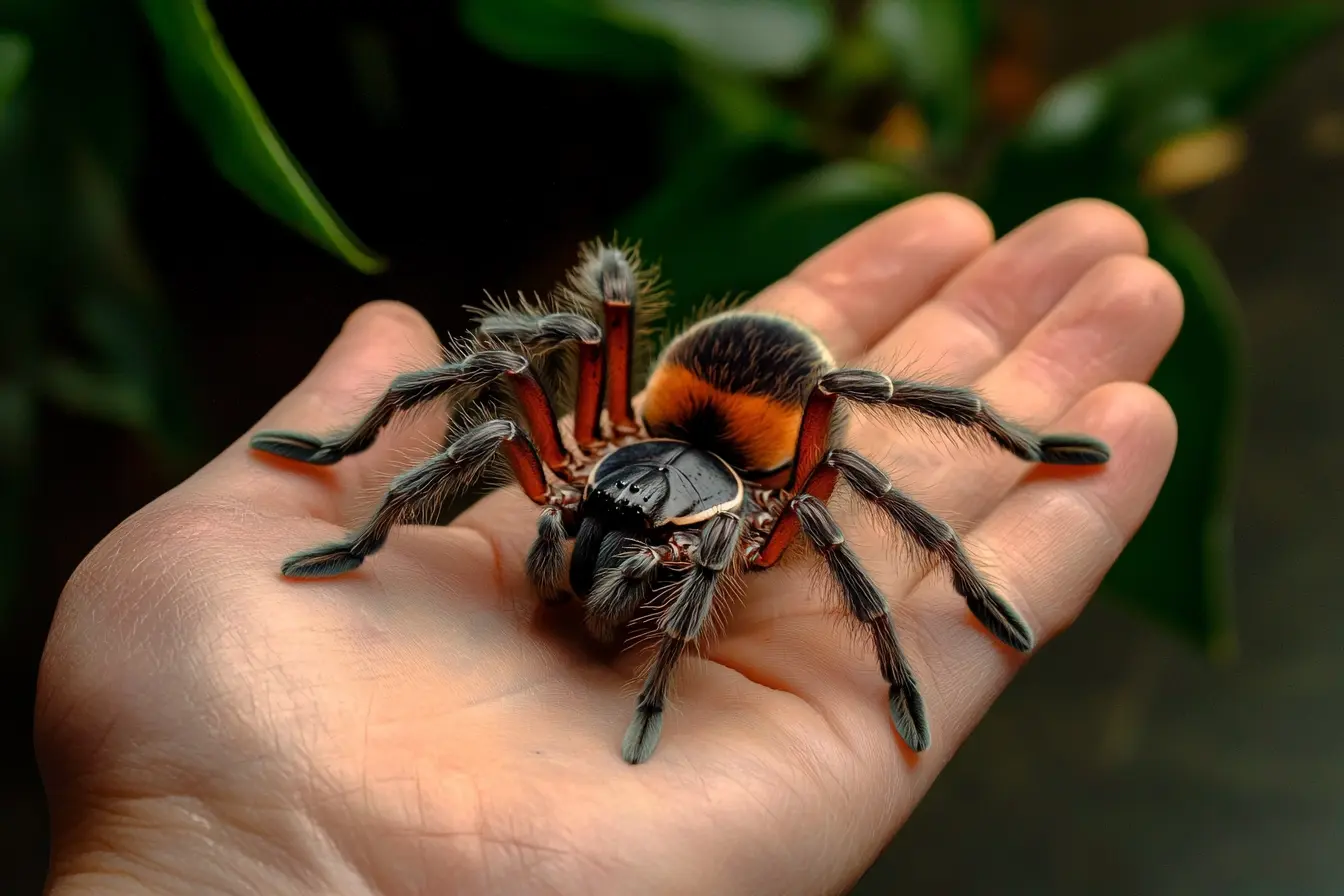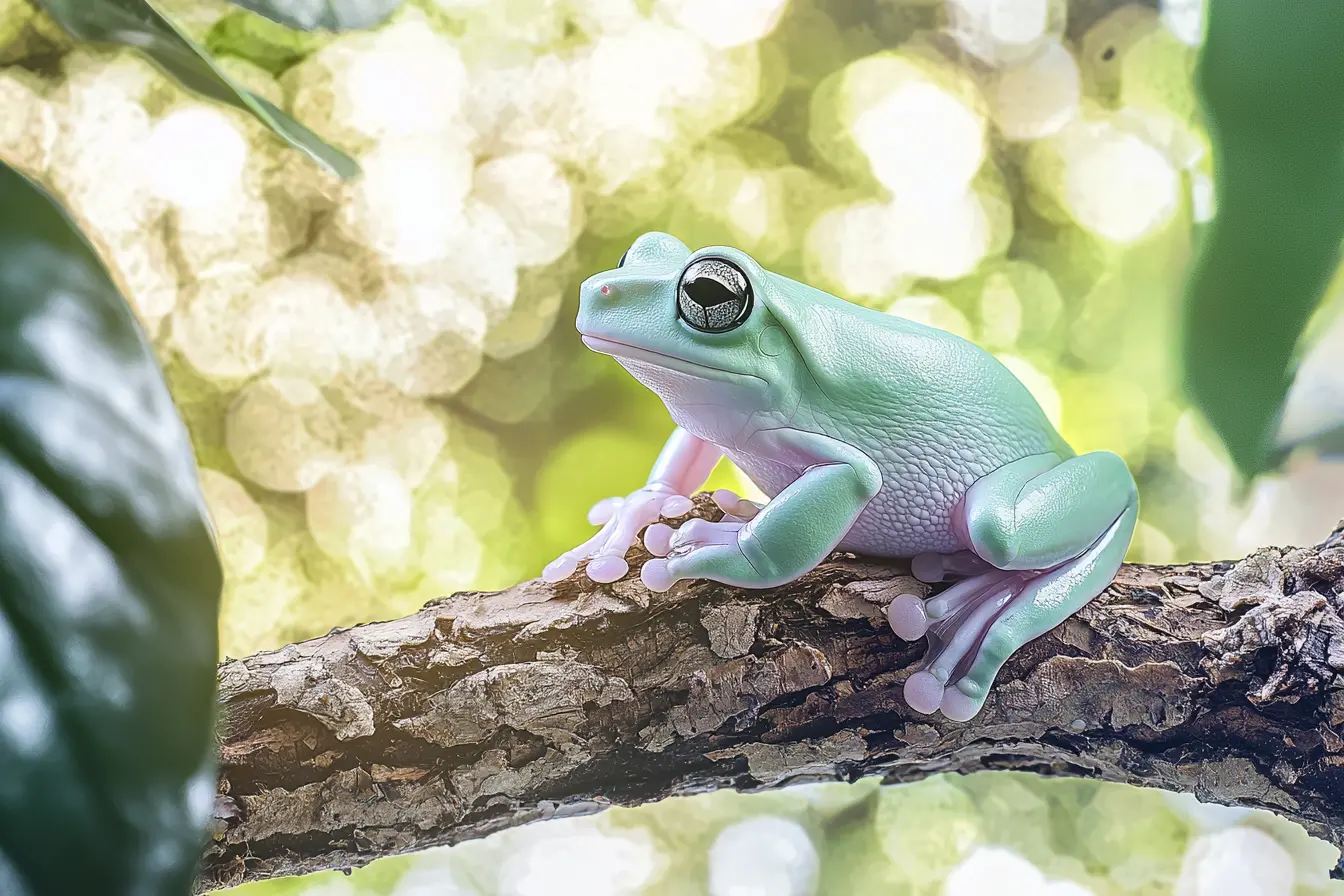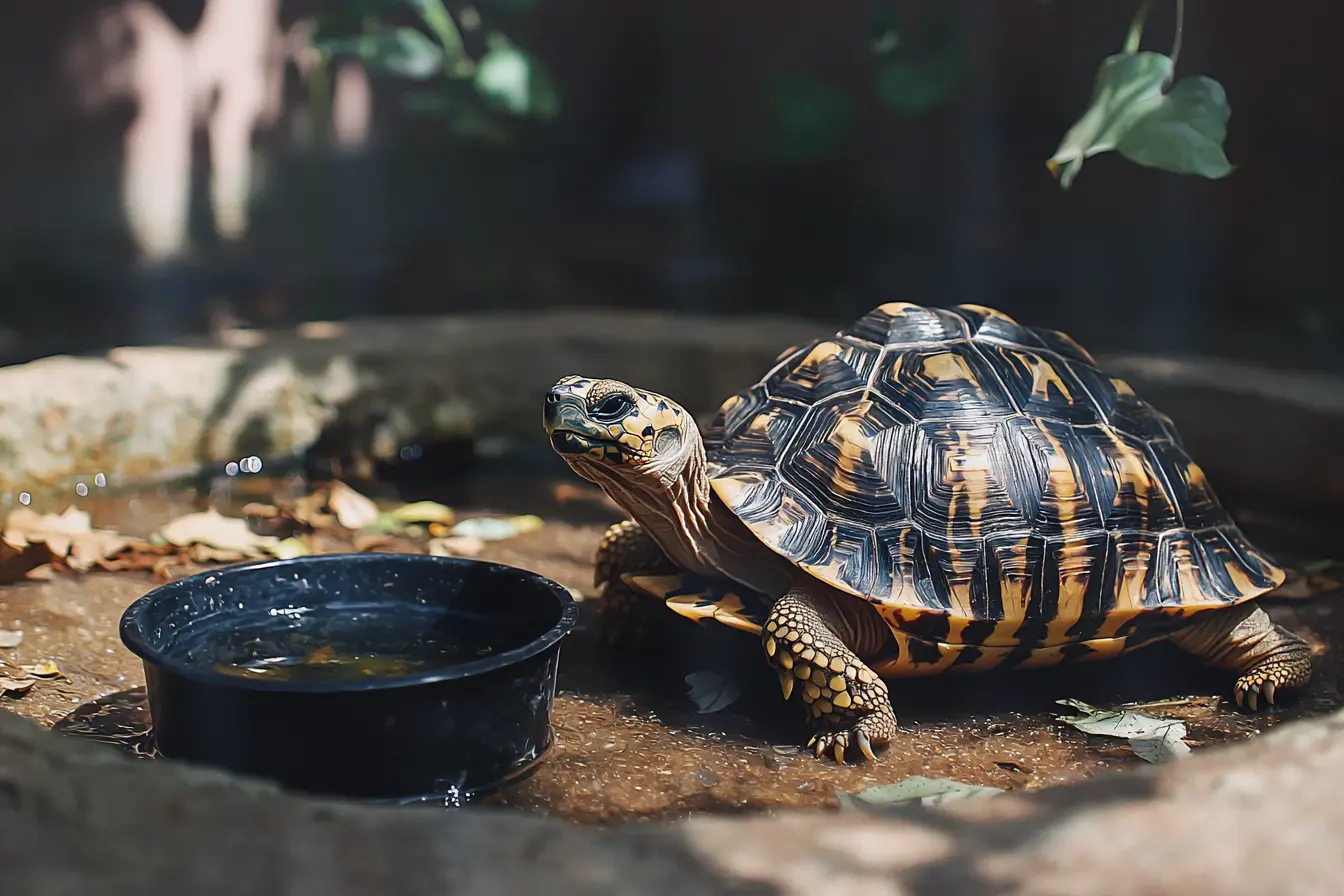
A Guide to Owning a Tortoise in the UK
Thinking of getting a tortoise as a pet? These ancient and fascinating reptiles can make wonderful companions, but they require specific care to thrive. Before taking the plunge, it’s important to understand the commitment involved. This guide covers everything you need to know about owning a tortoise in the UK, from choosing the right species to providing the right environment and diet.
Why Choose a Tortoise?
Tortoises are low-maintenance compared to dogs or cats, but they still have unique care needs. They’re ideal for people who want a pet that’s quiet, doesn’t require daily walks, and can live for decades—sometimes even outliving their owners! However, their long lifespan and specific habitat requirements mean they are not suitable for everyone.
Legal Requirements and Licences
In the UK, owning a tortoise comes with legal responsibilities. Some species are protected under the Convention on International Trade in Endangered Species (CITES). For example, Hermann’s tortoises and Marginated tortoises may require paperwork such as a Certificate of Exemption or Article 10 certificate to prove they were bred in captivity. Always ensure you’re buying from a reputable breeder or a certified pet shop.
Choosing the Right Tortoise Species
Not all tortoises are the same. Some popular species in the UK include:
- Hermann’s Tortoise (Testudo hermanni): Small, hardy, and ideal for beginners. They can live up to 70 years.
- Mediterranean Spur-Thighed Tortoise (Testudo graeca): Another beginner-friendly species, known for their sociable nature.
- Marginated Tortoise (Testudo marginata): Larger than other species, reaching up to 35 cm in length.
- Leopard Tortoise (Stigmochelys pardalis): Beautiful but larger and requiring more space and warmth.
Avoid sulcata tortoises unless you’re an experienced keeper; they grow very large and need substantial space and resources.
Housing and Environment
Indoor vs Outdoor Housing
- Indoor Enclosures: For young tortoises, a large tortoise table is best. Avoid glass vivariums as they can trap heat and restrict ventilation.
- Outdoor Housing: Adult tortoises thrive outdoors in the UK during warmer months. Build a secure, predator-proof enclosure with access to natural sunlight and shade.
Heating and Lighting
Tortoises need a temperature gradient to regulate their body temperature. Use a heat lamp to create a basking spot of around 30–35°C and ensure the cooler end of the enclosure is around 20°C. Provide UVB lighting for 10–12 hours a day to help them synthesise vitamin D3 and process calcium.
Substrate
Opt for a natural substrate like a mix of topsoil and play sand (70/30 ratio). Avoid substrates like wood chips, which can cause digestive issues if ingested.
Diet and Nutrition
Tortoises are herbivores, and their diet should mimic what they’d eat in the wild. Offer a variety of leafy greens, weeds, and flowers, such as:
- Dandelions
- Plantain
- Clover
- Kale
- Rocket
Avoid high-sugar fruits and vegetables like tomatoes, carrots, and apples, which can upset their digestion. Calcium is essential to prevent shell deformities, so provide a cuttlebone or sprinkle calcium powder on their food.
Hibernation
Many species, such as Hermann’s and Spur-Thighed tortoises, require hibernation. This process must be done correctly to avoid health risks. Tortoises hibernate for 8–12 weeks, typically from November to February. Consult a vet or experienced keeper before hibernating your tortoise for the first time.
Health and Veterinary Care
Tortoises are generally hardy, but they can suffer from conditions like shell rot, respiratory infections, or metabolic bone disease. Look for a reptile-savvy vet in your area and schedule regular health checks.
Signs of a healthy tortoise include:
- Clear eyes and nostrils
- A smooth, hard shell
- Active and alert behaviour
Costs Involved
Tortoises are not cheap pets. Here’s a breakdown of potential costs:
- Tortoise: £100–£500+ (depending on the species)
- Enclosure: £200–£500
- Heating and lighting equipment: £50–£200
- Annual running costs (food, electricity, vet care): £300–£500
Ethical Considerations
- Avoid Wild-Caught Tortoises: Always choose captive-bred tortoises to help conserve wild populations.
- Lifelong Commitment: Tortoises can live for 50+ years. Be prepared for a long-term responsibility, including planning for their care in your will.
Final Thoughts
Owning a tortoise can be a rewarding experience if you’re prepared to meet their needs. Do your research, plan ahead, and make sure you’re fully committed to providing a loving home for the rest of their life.
If you’re ready to take the leap, consider contacting a reputable breeder or tortoise rescue organisation to find your new shelled friend. With proper care, your tortoise will be a companion for decades to come!
Vets near you
Speciality vets
- Aquatics vet specialists
- Birds vet specialists
- Camelids vet specialists
- Cats vet specialists
- Cattle vet specialists
- Deer vet specialists
- Dogs vet specialists
- Equines vet specialists
- Exotic vet specialists
- Goats vet specialists
- Pigs vet specialists
- Poultry vet specialists
- Sheep vet specialists
- Small Mammals vet specialists
- Wild vet specialists
